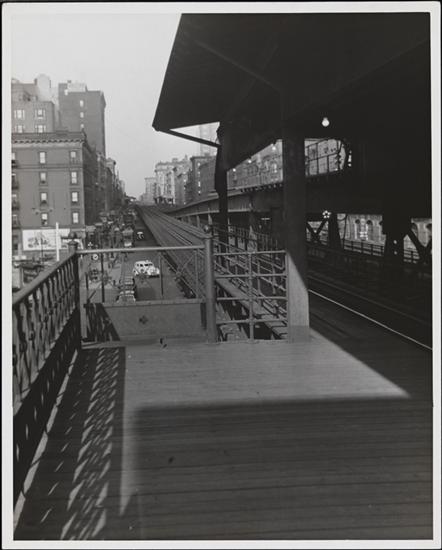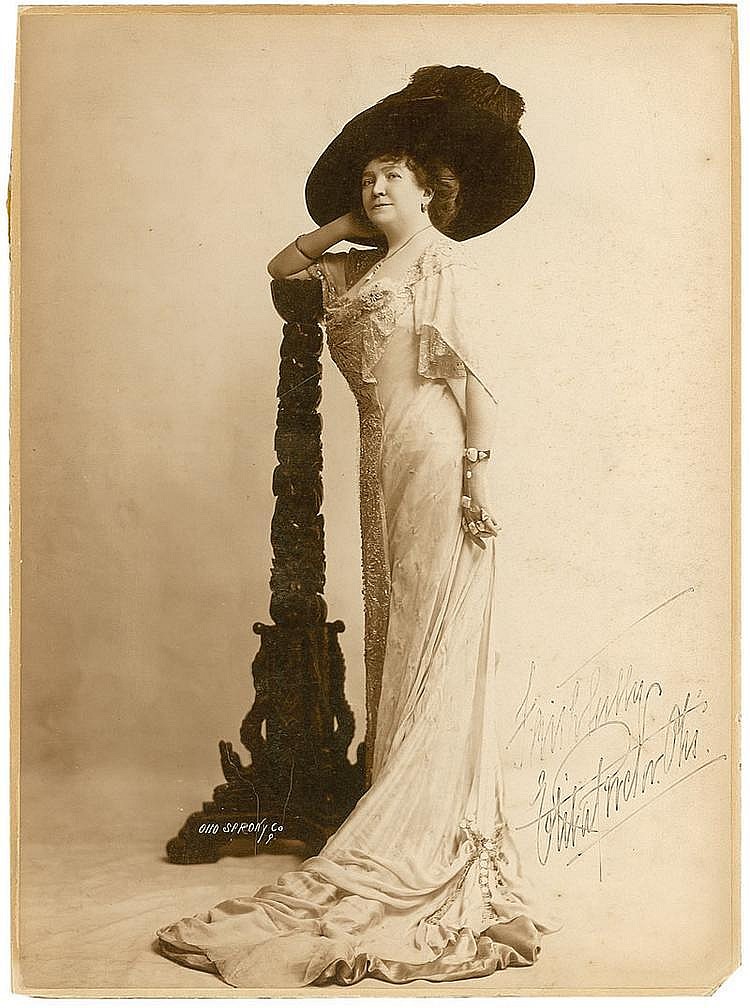
Looted Linens and The Literary Review
by Tom Miller, for They Were Here, Landmark West’s Cultural Immigrant Initiative
Five years before the beginning of the Irish Potato Famine, Edward Kilpatrick’s parents brought their 11-year-old son to New York City. After learning carpentry, by the first years following the end of the Civil War he worked as a building sub-contractor; and by the 1880’s had established himself as a builder and developer, and eventually an architect as well.
The Irish immigrant had come a long way in 1893 when he purchased the entire blockfront on the east side of Columbus Avenue between 68th and 69th Streets. He designed and built two back-to-back, mirror image flat and store buildings, five stories tall.
Like its northern twin, 75-77 West 68th Street (181-189 Columbus Avenue) was designed in a blend of the Romanesque Revival and Renaissance Revival styles. Kilpatrick created a one-story base of chunky brownstone blocks, its two residential entrances on 68th Street decorated with carved medieval designs. The Columbus Avenue side contained retail stores. The four upper stories were faced in warm orange brick and trimmed in brownstone.
The building filled with middle-class residents, like George W. McCluskey, known popularly to New Yorkers as “Gentleman McCluskey” or “Chesty McCluskey.” The son of Irish immigrants, by the time he and his wife moved into the new building he had achieved the rank of Chief of the New York Police Detective Bureau.
The building filled with middle-class residents, like George W. McCluskey, known popularly to New Yorkers as “Gentleman McCluskey” or “Chesty McCluskey.” The son of Irish immigrants, by the time he and his wife moved into the new building he had achieved the rank of Chief of the New York Police Detective Bureau. McCluskey’s presence in the building was often the source of excitement.
Such was the case following the murder of Katherine Adams and her daughter Florence on December 28, 1898. Suspicion was focused on Roland Burnham Molineux, a wealthy chemist. On January 2, 1899 McCluskey answered a knock on his apartment door by Molineux, who said “This is a horrible story and I want to meet it and demolish it at once.” The ploy did not work and after the longest and most expensive trial in New York history to that date, he was convicted.
The building was the scene of a crime spree that summer when “valuable linens” repeatedly disappeared from the rooftop clothes lines. Things turned serious when Chief McClusky’s pajamas were stolen on July 18. The string of burglaries came to an abrupt stop after that, when McClusky had detectives put on the case. The laundry thieves were quickly captured.
Also living in the building at the time was American actress Elita Proctor Otis. She was familiar to theater audiences around the country before moving on to silent films. She is remembered as having been the first actress to play the motion picture role of Nancy Sikes when she appeared in Vitagraph Picture’s 1909 Oliver Twist.
Russian immigrant Charles Angoff moved into an apartment here around 1976. His parents had brought him to America in 1908 when he was six years old. The son of a tailor, he began writing poetry at the age of 12, and entered at Harvard in 1919.
Other residents involved in the arts included Victor E. Sorlin, among the most celebrated cello players of his time. At various periods he played with the Chicago, New York and Boston Symphony Orchestras. He lived here with his wife and two children until his untimely death in his apartment in 1912 at the age of 34.
Russian immigrant Charles Angoff moved into an apartment here around 1976. His parents had brought him to America in 1908 when he was six years old. The son of a tailor, he began writing poetry at the age of 12, and entered at Harvard in 1919. By the time he moved into the building he had co-founded The Literary Review, written many books, and had been a professor of English at Fairleigh Dickinson University.
2021: Sandro has become Variazioni
Tom Miller is a social historian and blogger at daytoninmanhattan.blogspot.com
LEARN MORE ABOUT
189 Columbus Avenue
Keep
Exploring
Be a part of history!
Shop local to support the businesses currently at 189 Columbus Avenue:





